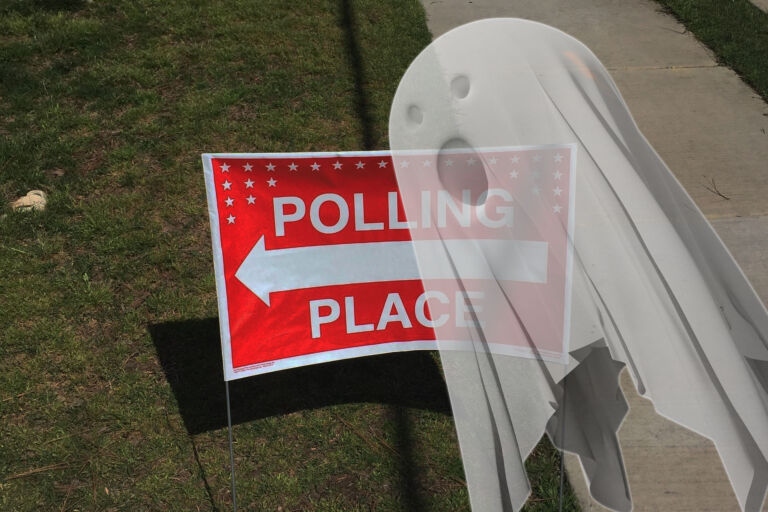Carolina Journal today reports on Salisbury voters’ choice today about leasing Fibrant, the city-owned broadband system, to a private provider.
As CJ reports,
Fibrant has been a financial drain on Salisbury taxpayers since its construction. Legacy providers AT&T and Time Warner reduced their rates after Fibrant began operations in 2008, which led to the municipal broadband network never meeting subscriber goals of 30 percent of city residents. The shortfall caused the city to borrow money from its water and sewer reserves for operating expenses. The city has been losing about $3 million per year operating Fibrant.
Between the initial bond and the loan from the reserve, Salisbury borrowed around $40 million for Fibrant, and still owes about $32 million. That’s because revenue from Fibrant has been so meager that for many years Salisbury was just paying the interest on the loans and not the principal.
Investor service Moody’s docked Salisbury’s bond rating after it raided the reserves to pay for Fibrant. That may particularly bite residents because the city would have to refinance $25 million of tax-exempt financing into taxable financing if it leases its system to a for-profit company. The interest rate is expected to increase from 2.06 percent to about 4 percent, which would add about $500,000 per year in interest costs initially, doubling the interest to about $1 million per annum.
Salisbury can’t say they weren’t warned. In 2009, Katie Bethune and Michael Sanera researched Salisbury’s idea for the John Locke Foundation and found:
City-operated fiber-optic cable systems in other parts of the country failed to attract enough subscribers to pay for their systems. Lebanon, Ohio; Provo, Utah; and Ashland, Oregon installed fiber-optic cable systems intending for subscribers to pay for the costs. Those cities all have median household incomes on par or higher than Salisbury’s, suggesting that they are better or equally situated to attract subscribers (see Table 2).
All of them had problems using subscriber revenue to pay for their systems. To pay the ever-mounting deficits, they either raised property taxes or increased utility rates, or in some cases both. Unable to stem the deficits, these cities eventually sold their systems to the private sector.
And that’s where they now are in Salisbury.


